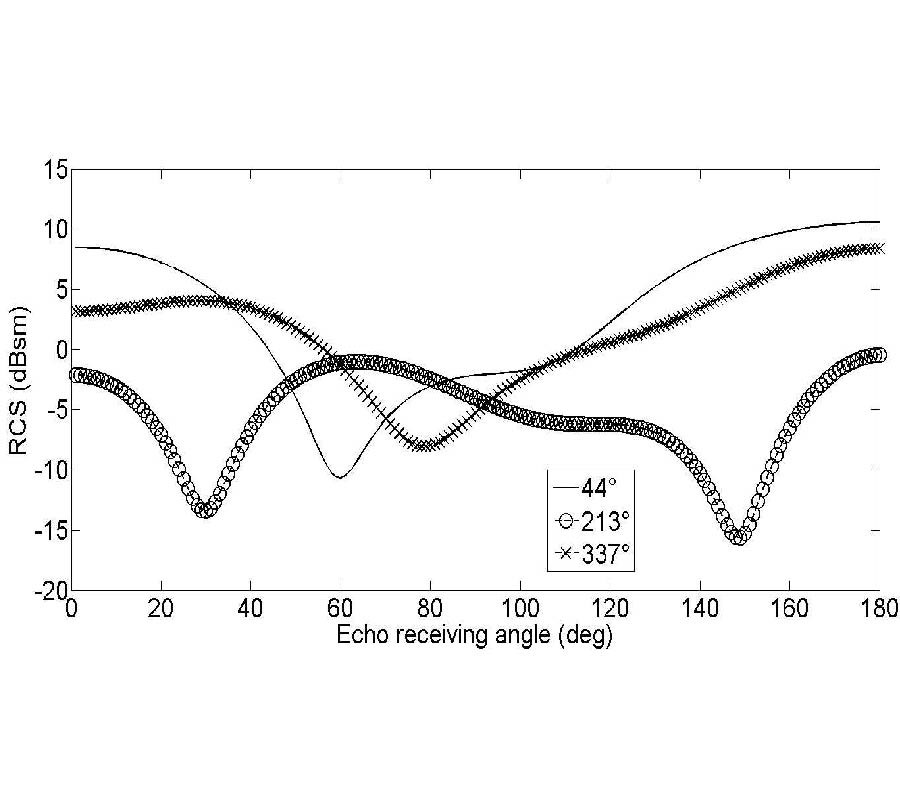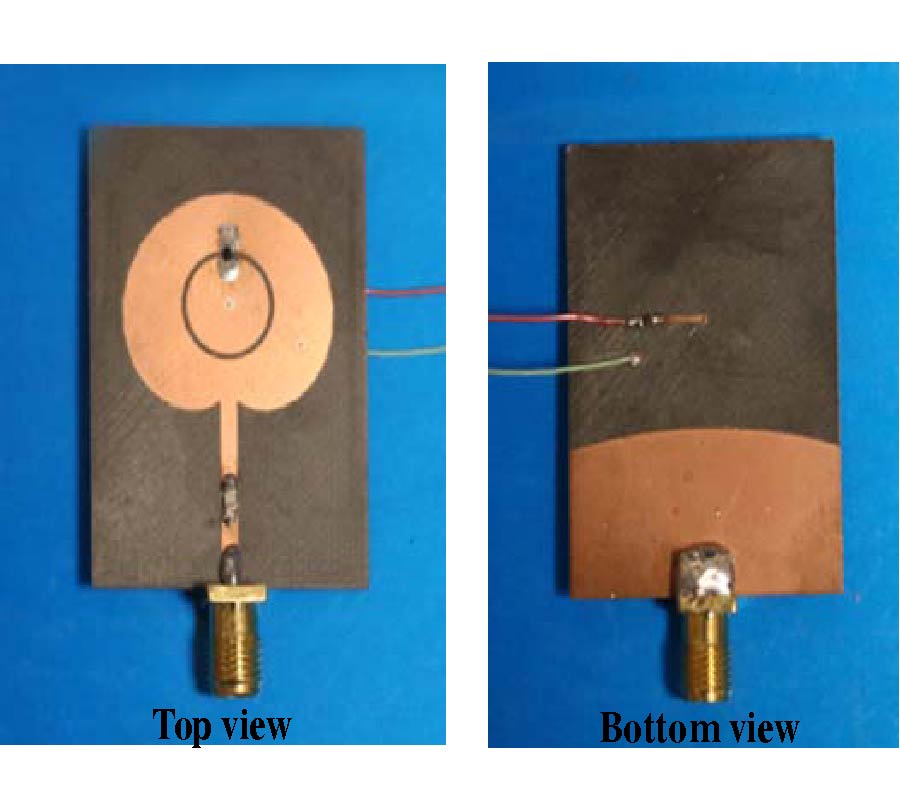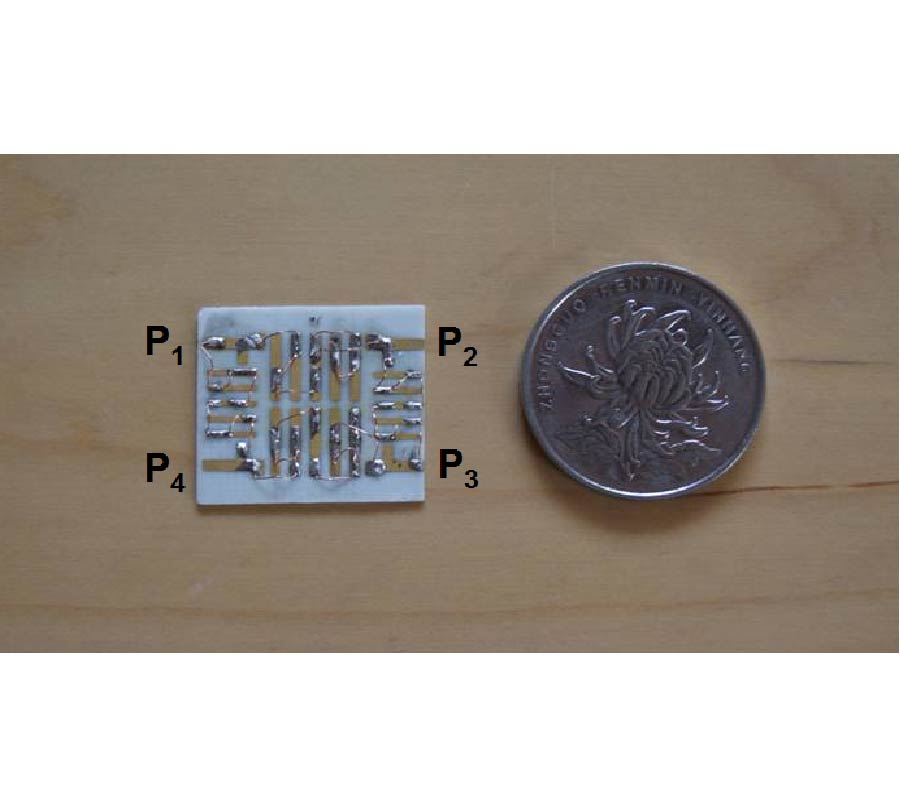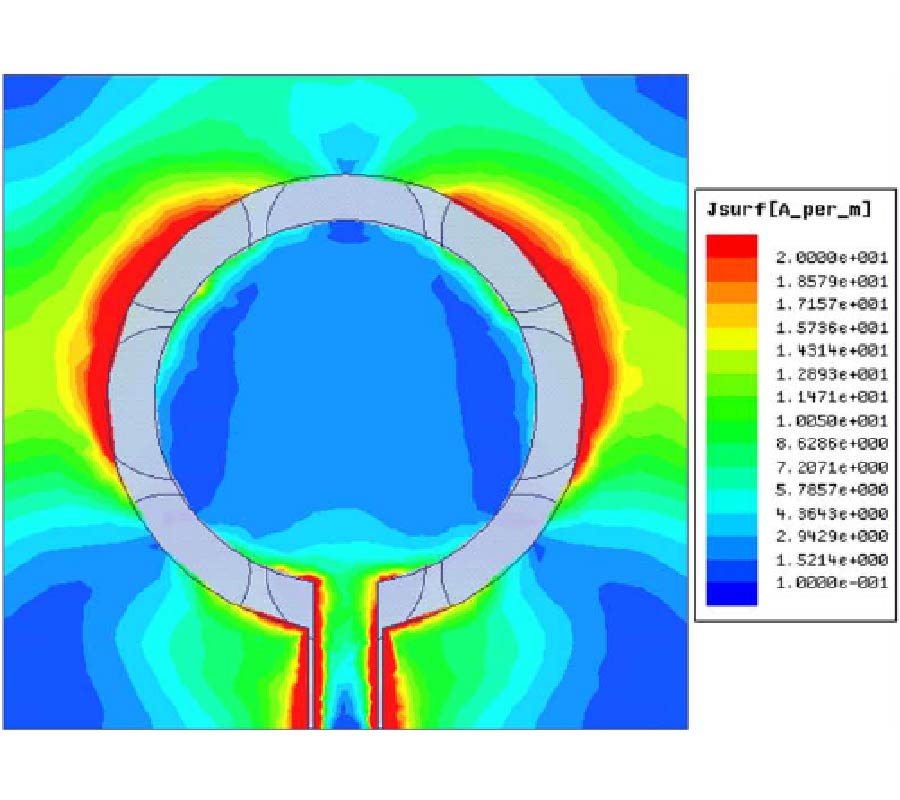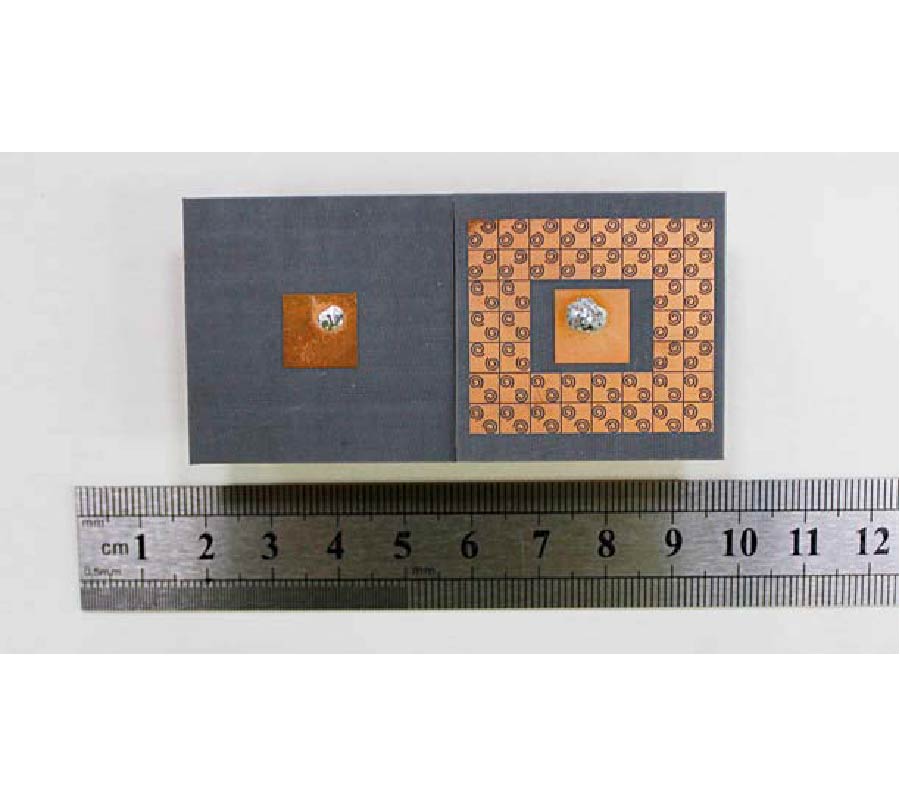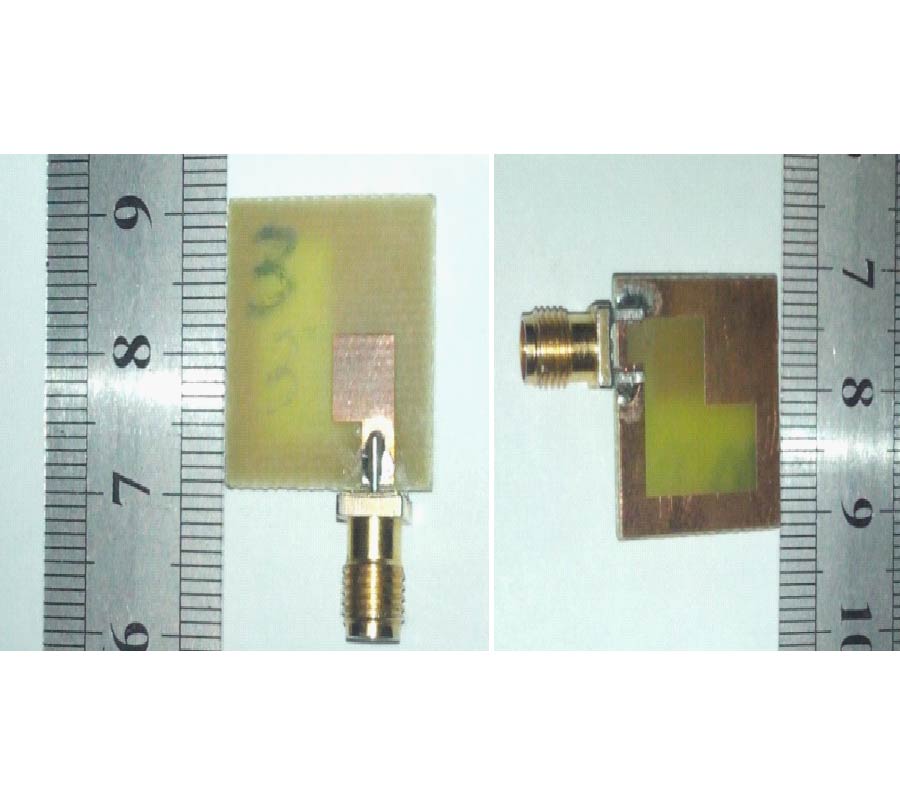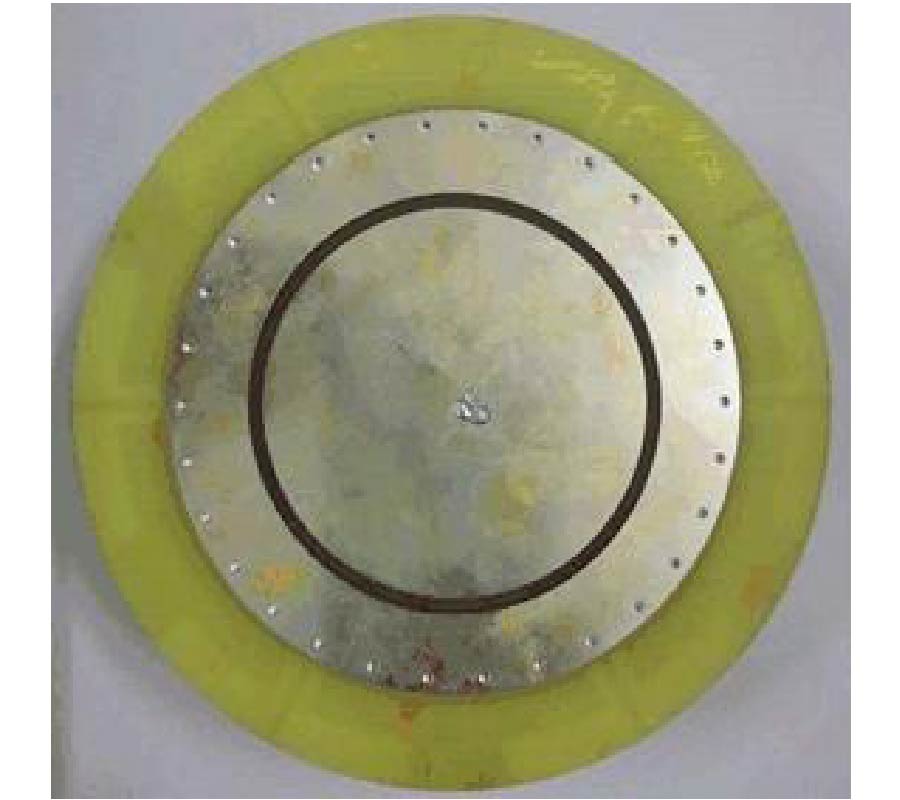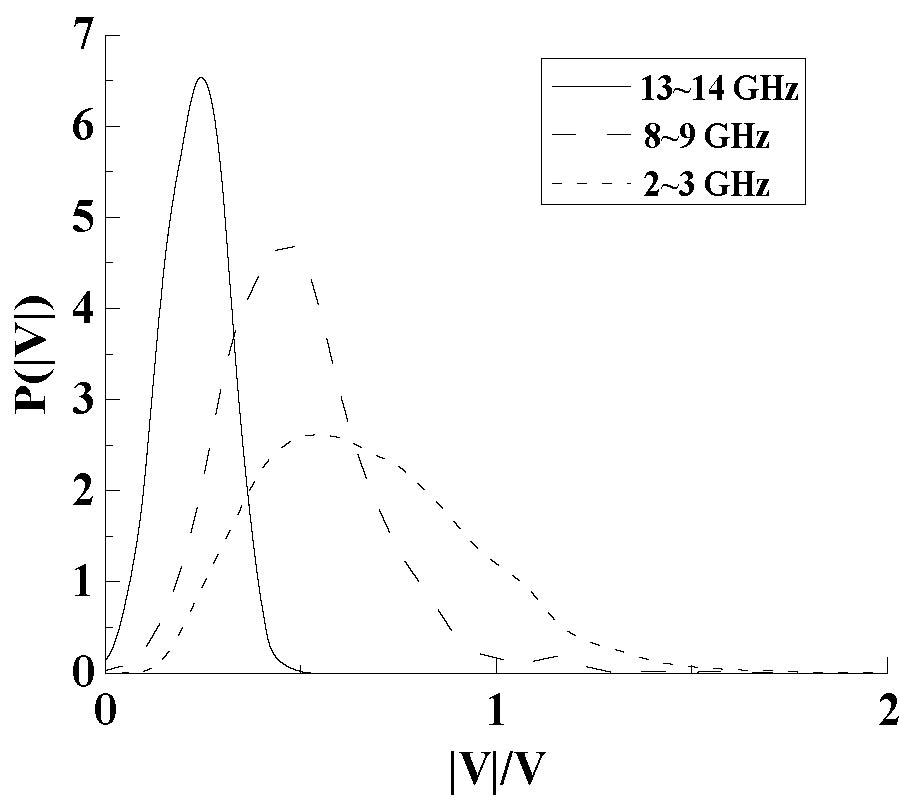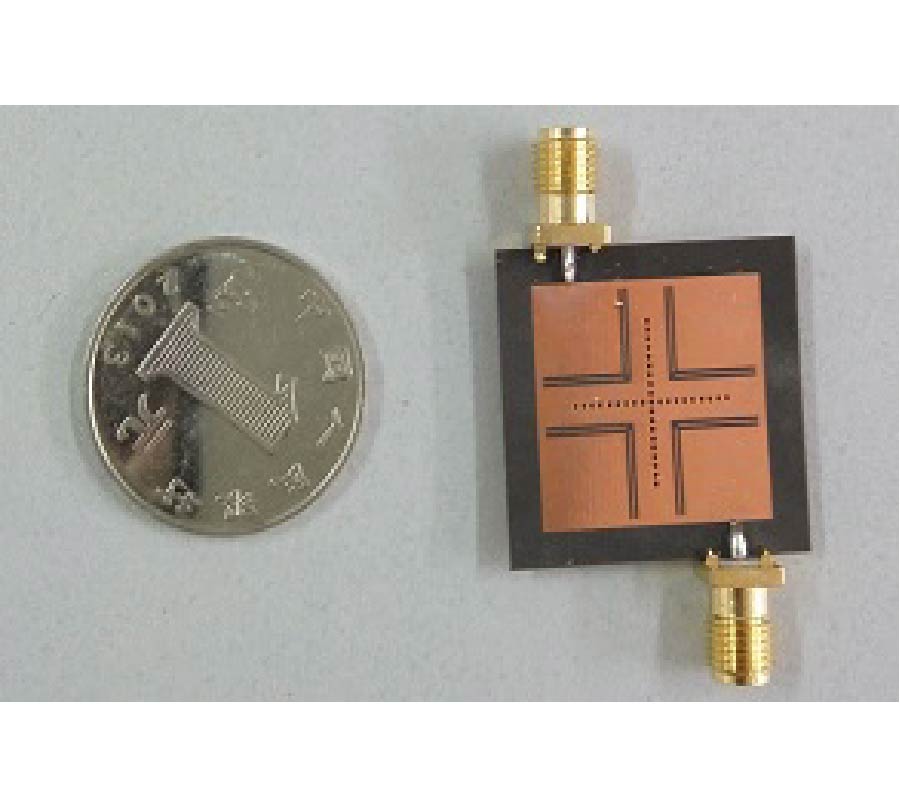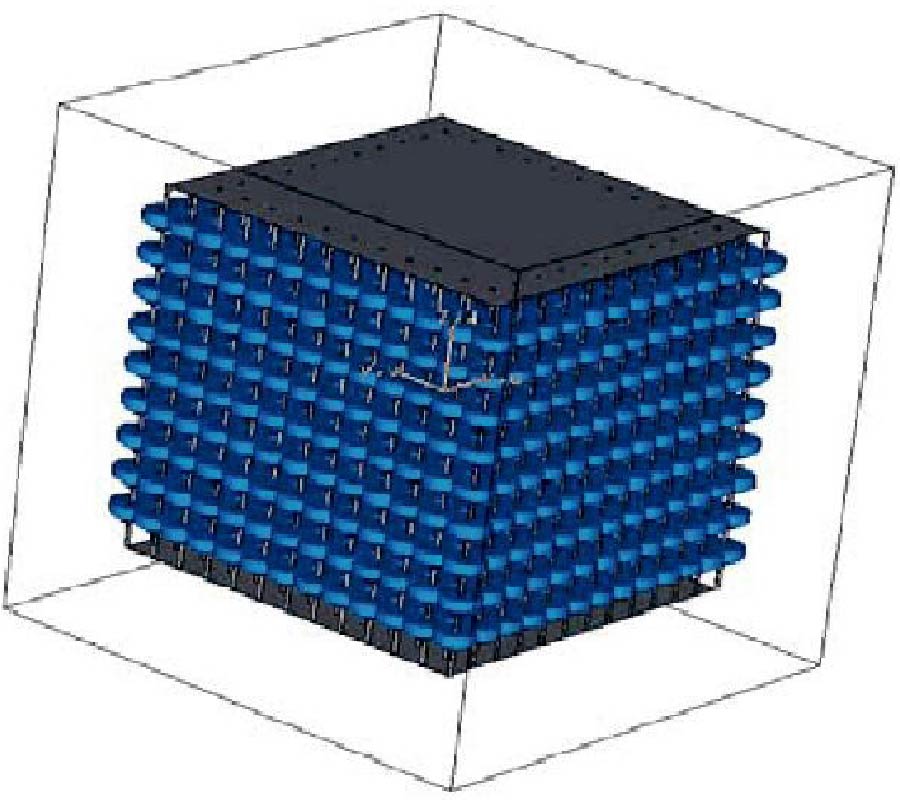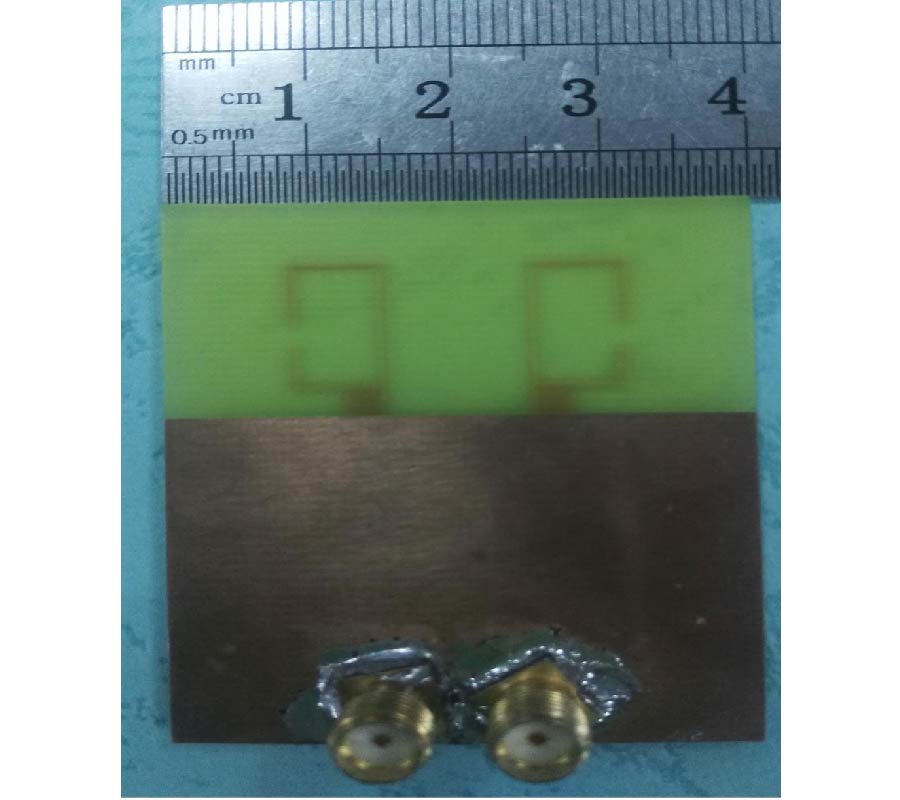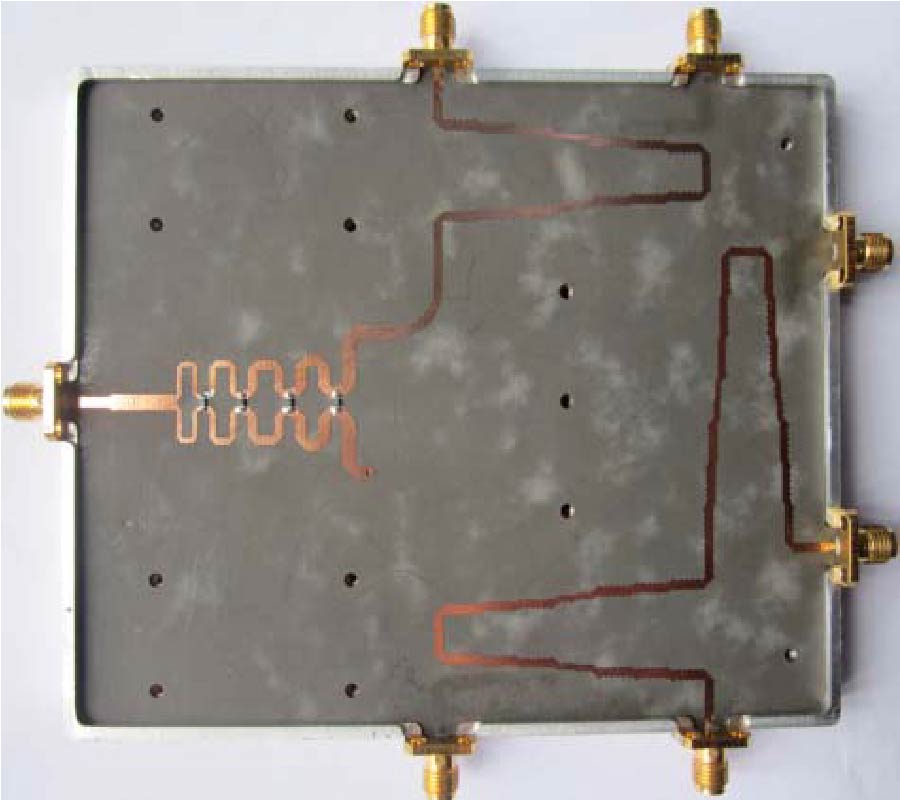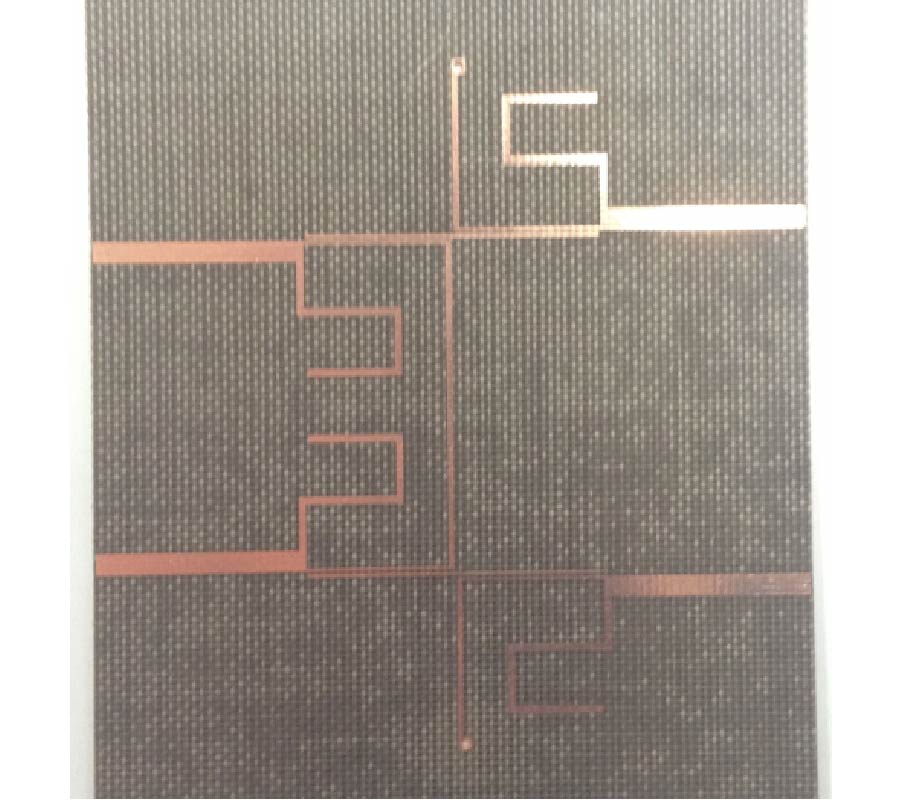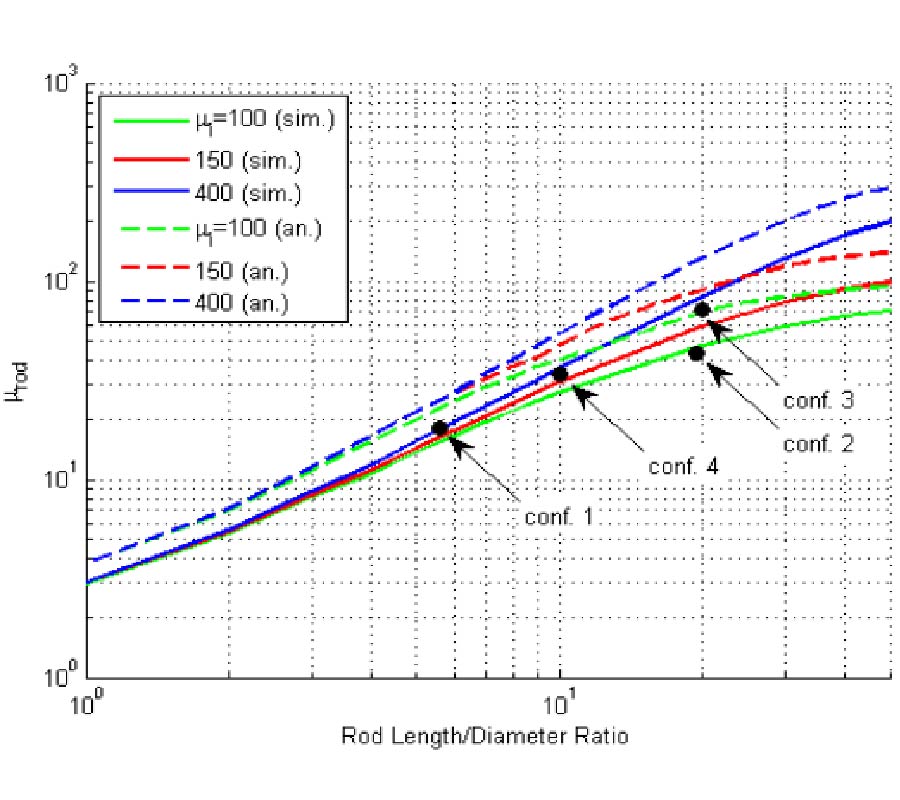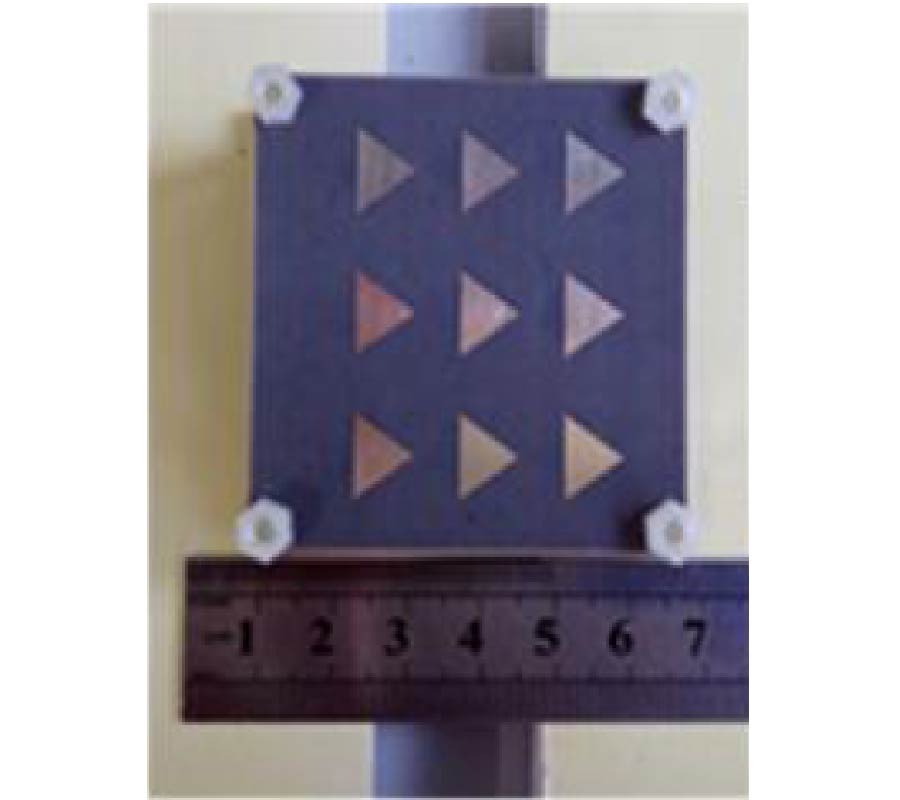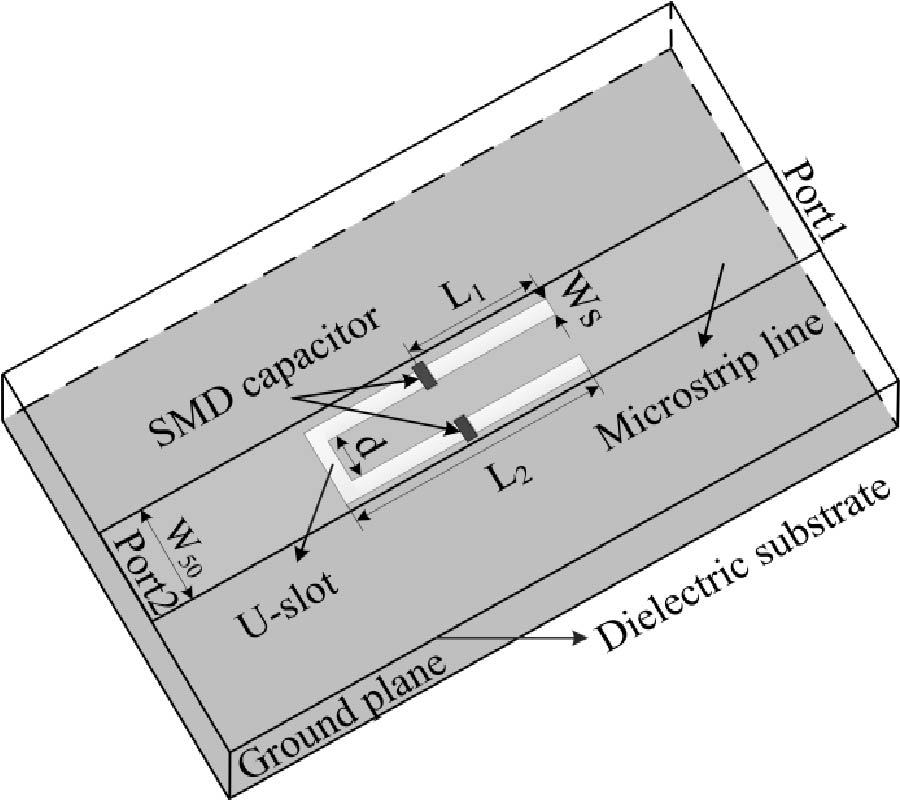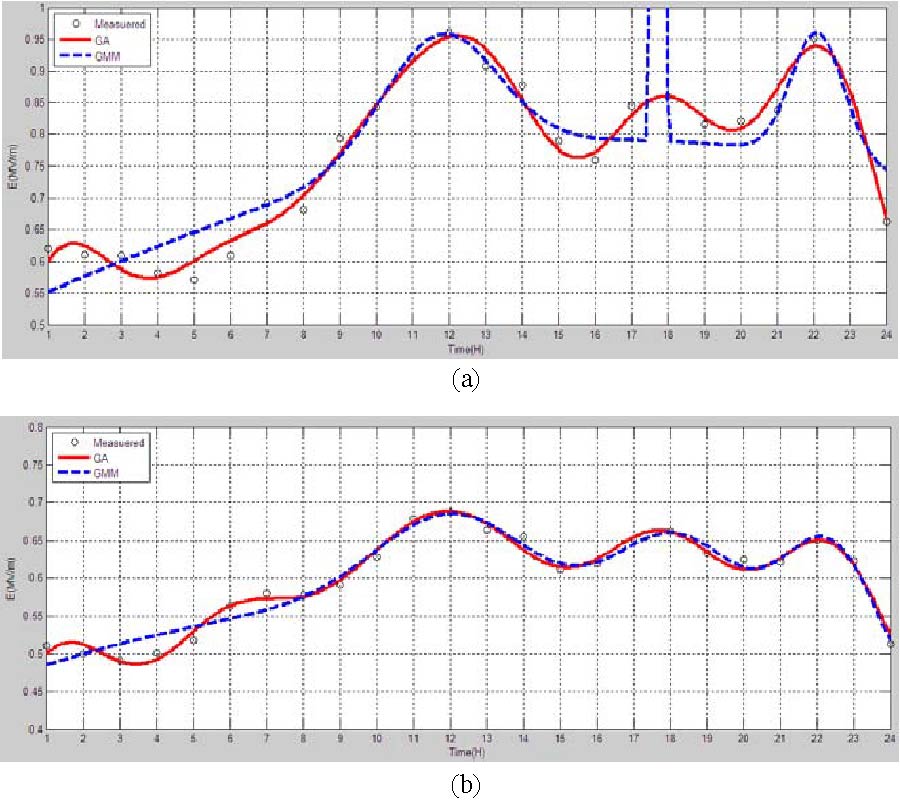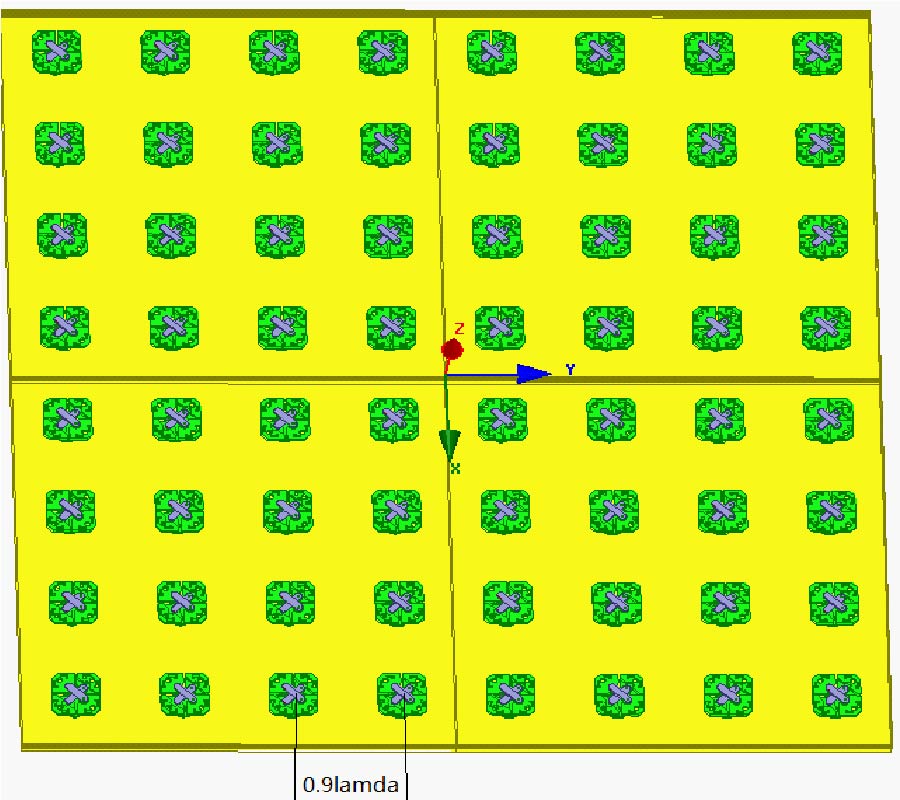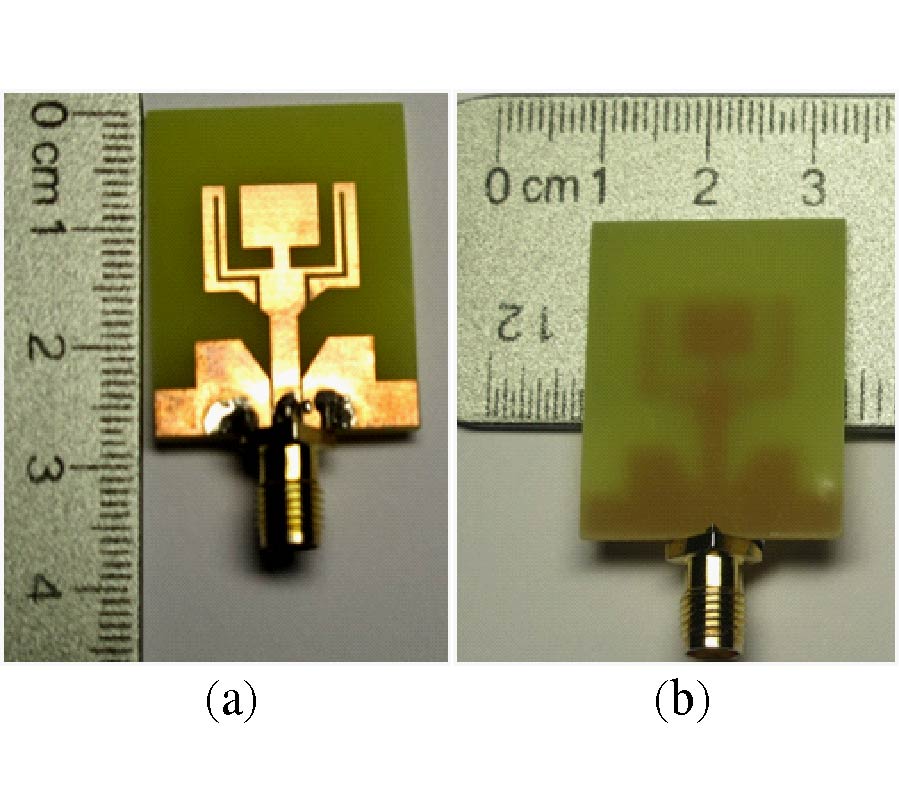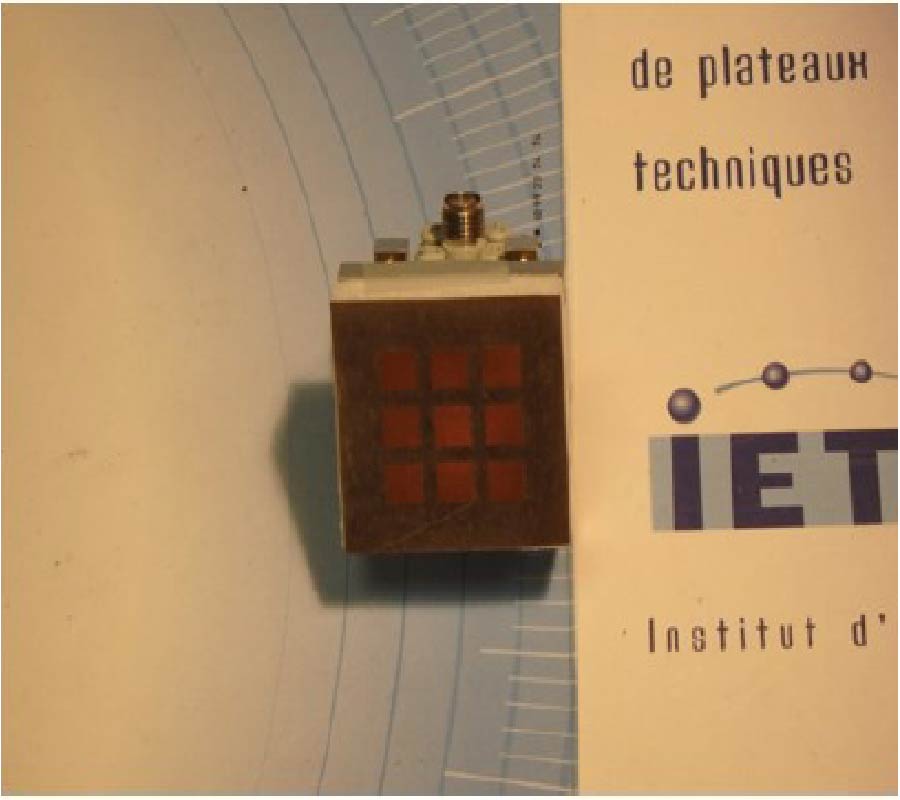Direct Application of Excitation Matrix as Sparse Transform for Analysis of Wide Angle EM Scattering Problems by Compressive Sensing
Xin-Yuan Cao,
Ming Sheng Chen,
Meng Kong,
Liang Zhang,
Xian-Liang Wu,
Xiangxiang Liu,
Liangliang Cheng,
Qi Qi and
Bingbing Chen
When compressive sensing was employed to solve electromagnetic scattering problems over wide incident angles, the selection of sparse transform strongly affects the efficiency of the CS algorithm. Different sparse transforms will require different numbers of measurement. Thus, constructing a highly efficient sparse transform is the most important work for the CS-based electromagnetic scattering computing. Based on the linear relation between current and excitation vectors over wide incident angles, we adopt the excitation matrix as sparse transform directly to obtain a suitable sparse representation of the induced currents. The feasibility and basic principle of the algorithm are elaborated in detail, and the performance of the proposed sparse transform is validated in numerical results.
